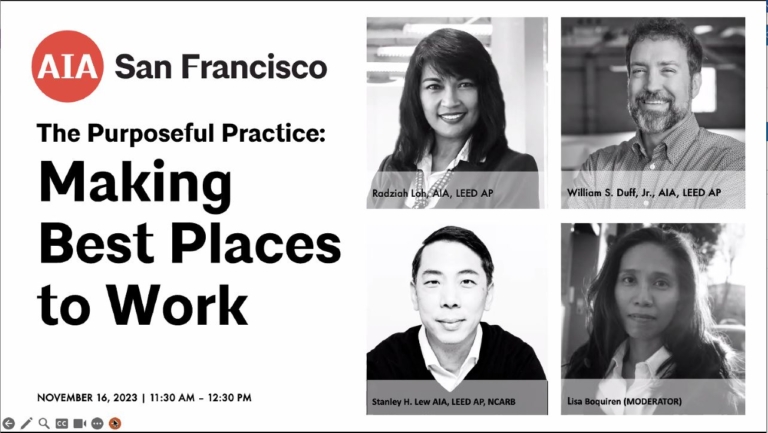“Architecture firm” and “best place to work” are not often used in the same sentence. The industry’s reputation for an uneven work-life balance and starchitect model still lingers.
William Duff Architects (WDA) was the sole architecture firm on the 2022 and 2020 San Francisco Business Times Best Places to Work list, and the only architecture firm to place consecutively in the last five years. But times are changing! This year, we were joined by three other architecture and design firms, including AP+I Design, RMW and TCA Architects.
Moderator Lisa Boquiren recently invited leaders from all four firms to speak on this topic at AIASF. In addition to our co-founder William Duff, AIA, LEED AP, the panelists included Stanley H. Lew, AIA, LEED AP, NCARB, President at RMW and Radziah Loh, AIA, LEED AP, Partner and Principal in Charge of TCA Architects’ Oakland office. Leaders from AP+I Design couldn’t attend due to a scheduling conflict. They shared their stories and provided insight on what makes a company a “best place to work.” Topics included the role firm founders and firm leaders play, why creating best places to work matter, and more.
We are sharing some of William Duff’s thoughts from the panel discussion, lightly edited for content and clarity :
Lisa Boquiren (LB): What does “purposeful practice” mean to you, and to your firm in the context of Best Places to Work?
William Duff (WD): A purposeful practice implies you are running your practice with intent. The decisions you make and how you build your firm are based on that intent. We’ve developed a concept we call People Based Practice, in which we filter all our decisions through the perspective of people, whether it’s our clients or our own team. Our intent is to provide our team with opportunities for growth and development with significant impact. The People Based Practice model is how we’re running a purposeful practice, and in doing that, we’re developing a Best Places to Work by default. We feel very fortunate we’ve been recognized for that.
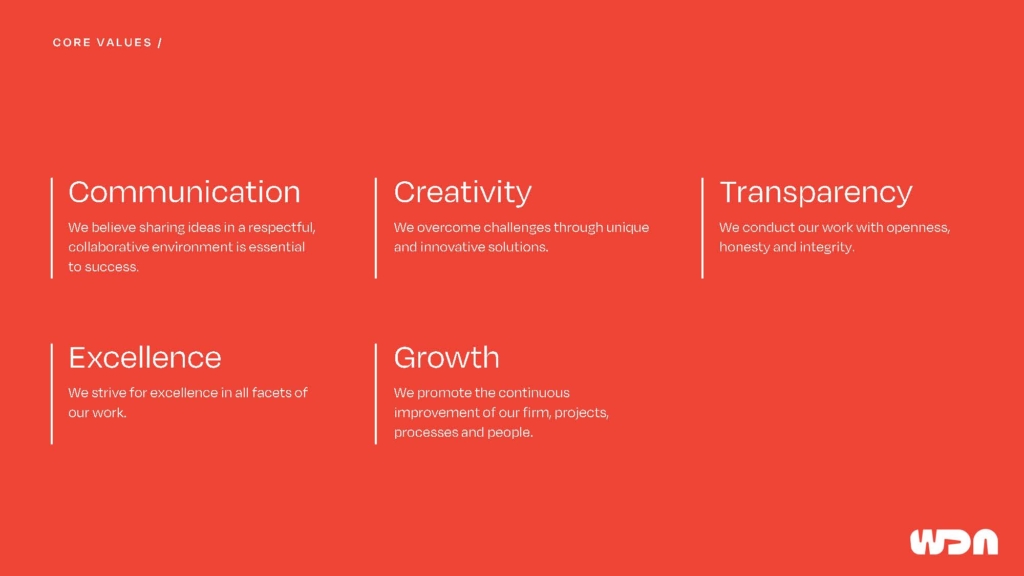
LB: Let’s talk about core values — how did you arrive at these values, and what role do they play in making a Best Place to Work?
 WD: Our core values are a product of our entire team, they don’t just emanate from me. We developed them over a long period of time and re-evaluate them every year.
WD: Our core values are a product of our entire team, they don’t just emanate from me. We developed them over a long period of time and re-evaluate them every year.
We use our core values as a touchstone. We make sure we’re aligning any decision, large or small, with these values. They are also a great reference point when we’re facing challenges. If something doesn’t go as expected, we’ll check our actions against our values, and that will help us understand where we can be better.
This year we introduced an additional set of values called commitment values. They are aspirational, official statements about our commitments. These operate in tandem with our core values to help make our work purposeful and guide the firm. The values should be woven into the fabric of your decision making every day.
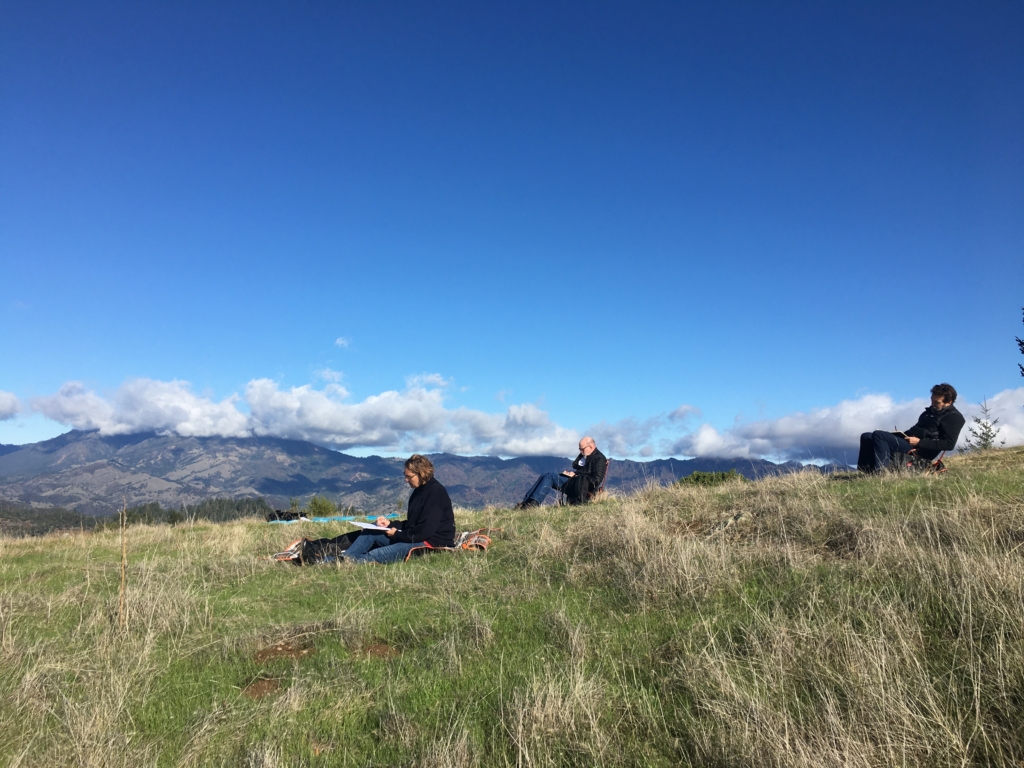

LB: How do you scale the concept of a Best Place to Work, and what does it take to make it a standard operating procedure?
WD: The way to scale a “best place to work,” is to focus on the people in your firm. Set them up with opportunities for growth, development and success. And then, from a management perspective, get out of the way.
We wanted to democratize the design process. That can potentially get very unwieldy and go in hundreds of different directions. So, we developed a book called Design Vision. It captures the firm’s overall design vision, with some guardrails, and enables everyone in the firm to spread their design wings. The result is something that’s much greater than the sum of its parts because we’re getting input and creativity from lots of different perspectives.
If you take this philosophy and apply it to the overall firm, you are creating opportunity for growth and giving people a voice. The result is a place where everyone wants to work, where everyone wants to be. That’s how you scale a “best place to work.”
LB: How do you hire with value alignment in mind?
WD: That must be primary. A candidate’s value alignment is the first thing we look at in our hiring process. You can do that effectively by talking about your values and eliciting responses to help you ensure there is alignment. It’s important to then continuously reference them in our day-to-day work, making sure they never fall by the wayside.
Values must be both integral to a firm’s DNA and seen as something that’s not static. As the world changes so do we as firms. The ones that can embrace that constant state of change will be best positioned for continual alignment with a set of values that are evolving as the world does.
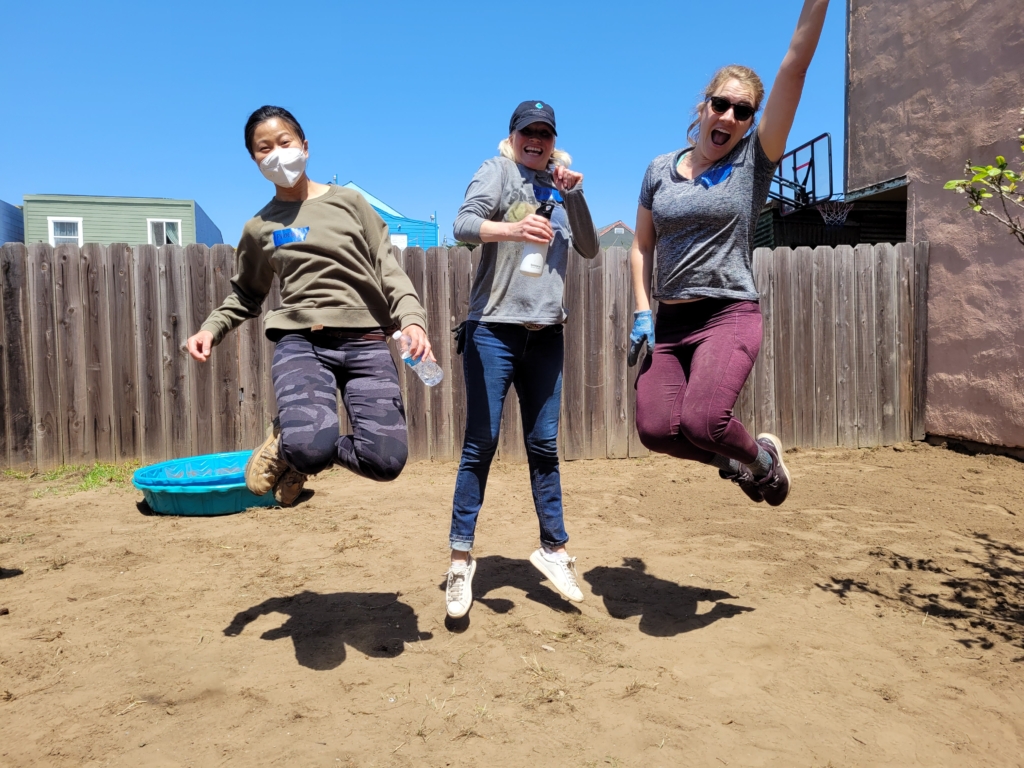
Audience Q&A
What are key indicators for a firm that there is more work and focus needed on their people and culture?
WD: Look in the mirror as the management of a practice, and say “Are we communicating? Do we really know how our people are doing? How good of a job are we doing to promote their growth and development?” If you allow yourself to listen to the answers you might not want to hear, and do something about them, it will help you identify issues and create change.
What are some policies or benefits you offer that reflect your values and make your practice a Best Place to Work?
WD: We lean heavily on Transparency. On a periodic basis we share our financials and goals with everyone in the firm. We review them together and hold ourselves accountable if we don’t meet them.
Another focus is our approach to philanthropy. We let the staff collectively decide what to do and empower everyone to have a voice. Some of the best, most creative ideas come from the youngest people on our staff. An example of that is how we responded to the George Floyd/Black Lives Matter movement. We started with an internal discussion that took an organic path and was determined by the people within the firm. My role was to get out of the way but support. I added just one requirement: whatever we do has to result in action.
We had an incredible result where our younger staff decided the best way to have an impact is through architecture. Our goal was to unveil the idea of architecture as a career option to as many people as possible. We created an annual immersive learning program called Arch Camp and specifically recruited local high school students who don’t have exposure to architecture through their environment. This initiative isn’t a policy, but it’s a product of an approach that’s founded on the tenets of building a practice that’s a Best Place to Work.
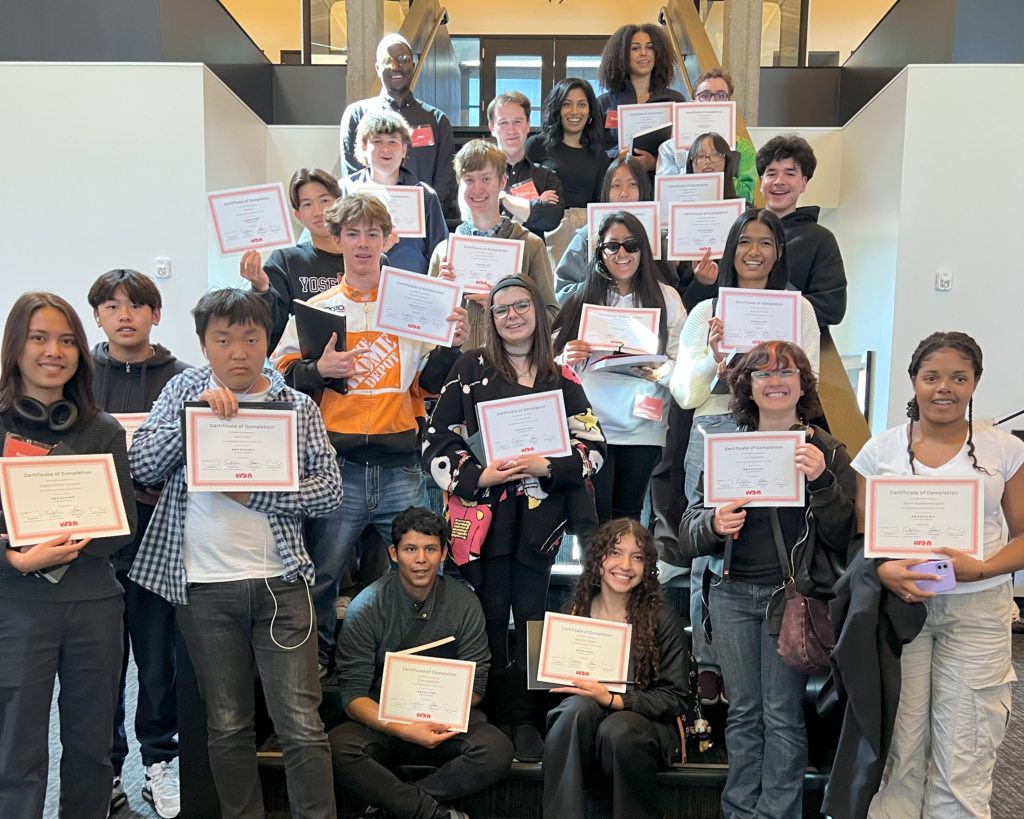
Are all of you offering hybrid work environments? How do you collaborate aside from being on zoom all day?
WD: We offer a hybrid schedule with a mandated number of days in the office. Everyone is expected to be in the office on Tuesday, Wednesday and Thursday – our collaboration days. Mondays and Fridays are our focus workdays, which are remote work optional. However, not every person in the firm is based locally – we do have some completely remote people. While everyone loves flexibility, I think people do appreciate being together in the office and collaborating. There are advantages to that, and that’s how we’ve struck a balance.
What would you recommend for a new employee in a small firm who loves the job, but is experiencing toxicity and hostility, and therefore isn’t performing to their best capacity?
WD: With bravery, advocate for change. That’s a hard thing to do sometimes. I recommend opening a dialogue, advocating for the change you want to see and then make decisions based on their response. If you want the environment to change, the leaders need to hear that.
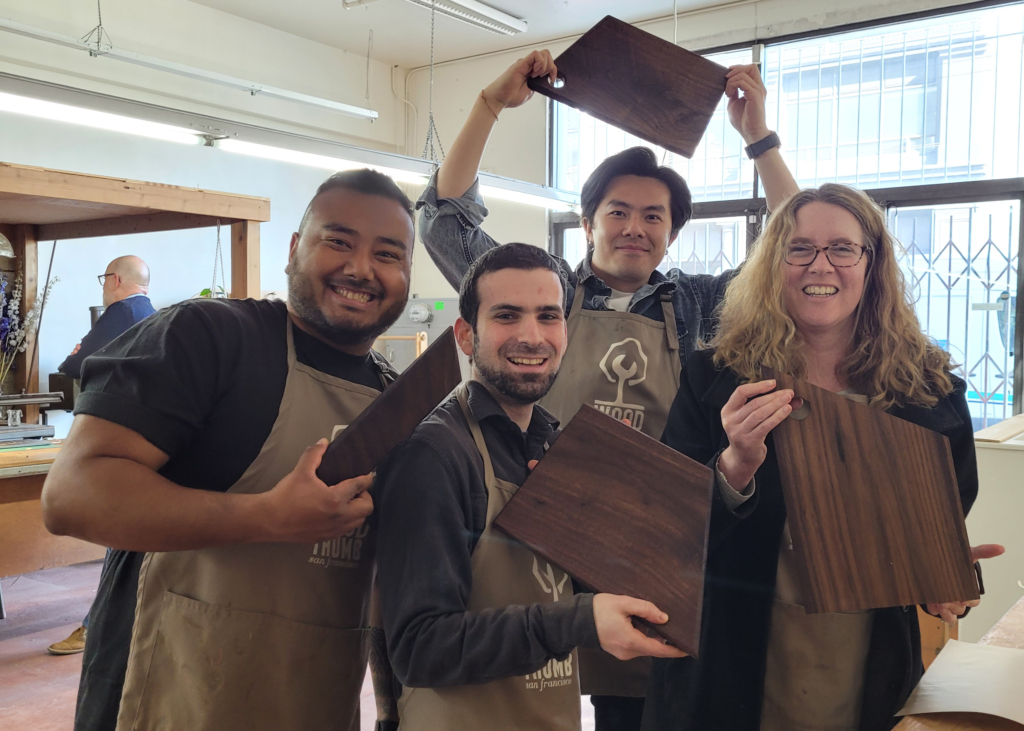
Would you like to join a Best Place to Work? Check out our openings. We’re hiring for a range of positions, from junior to senior. We hope to meet you soon!
By Wendy Osaki
Contributors: William Duff and Sarah Mergy
